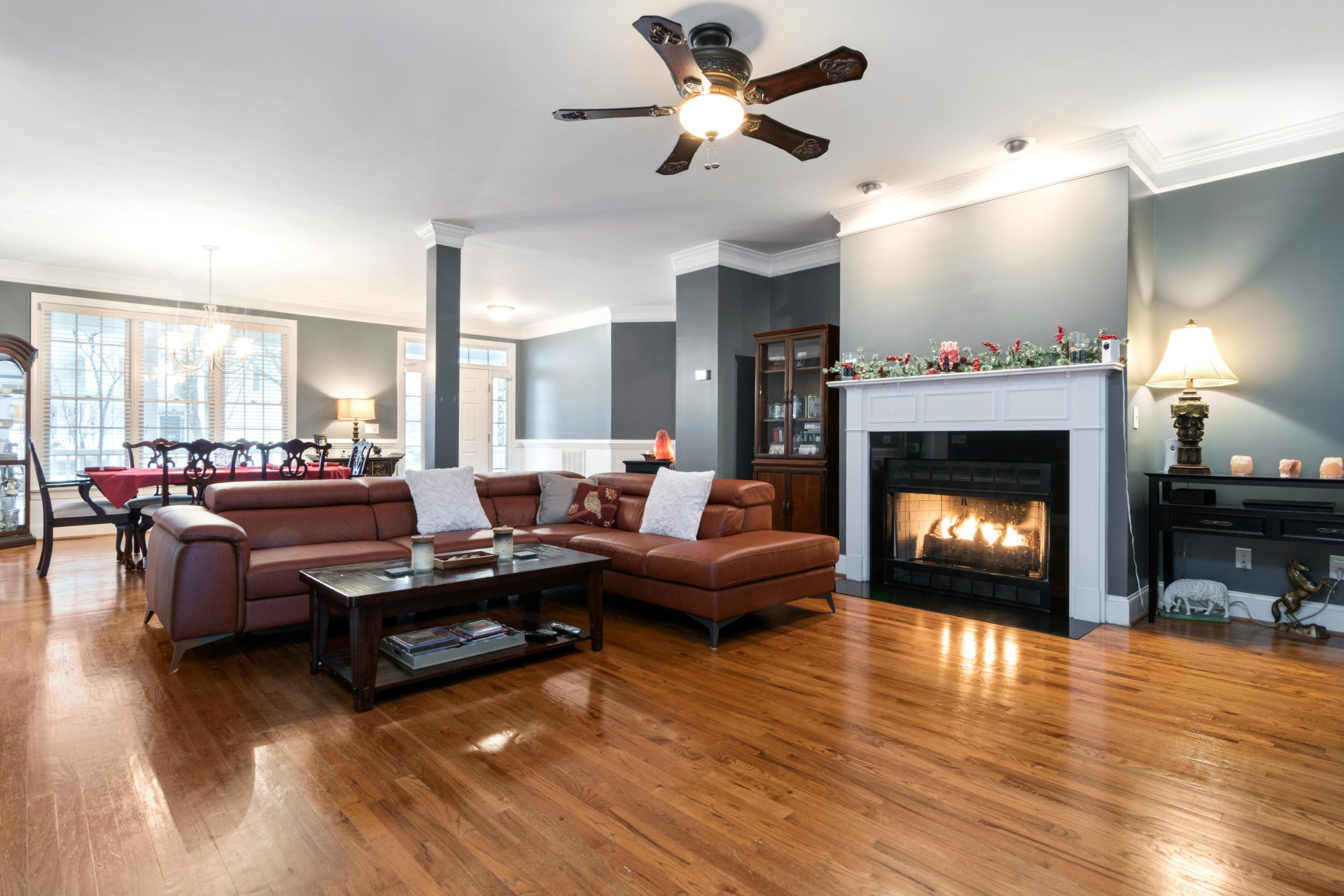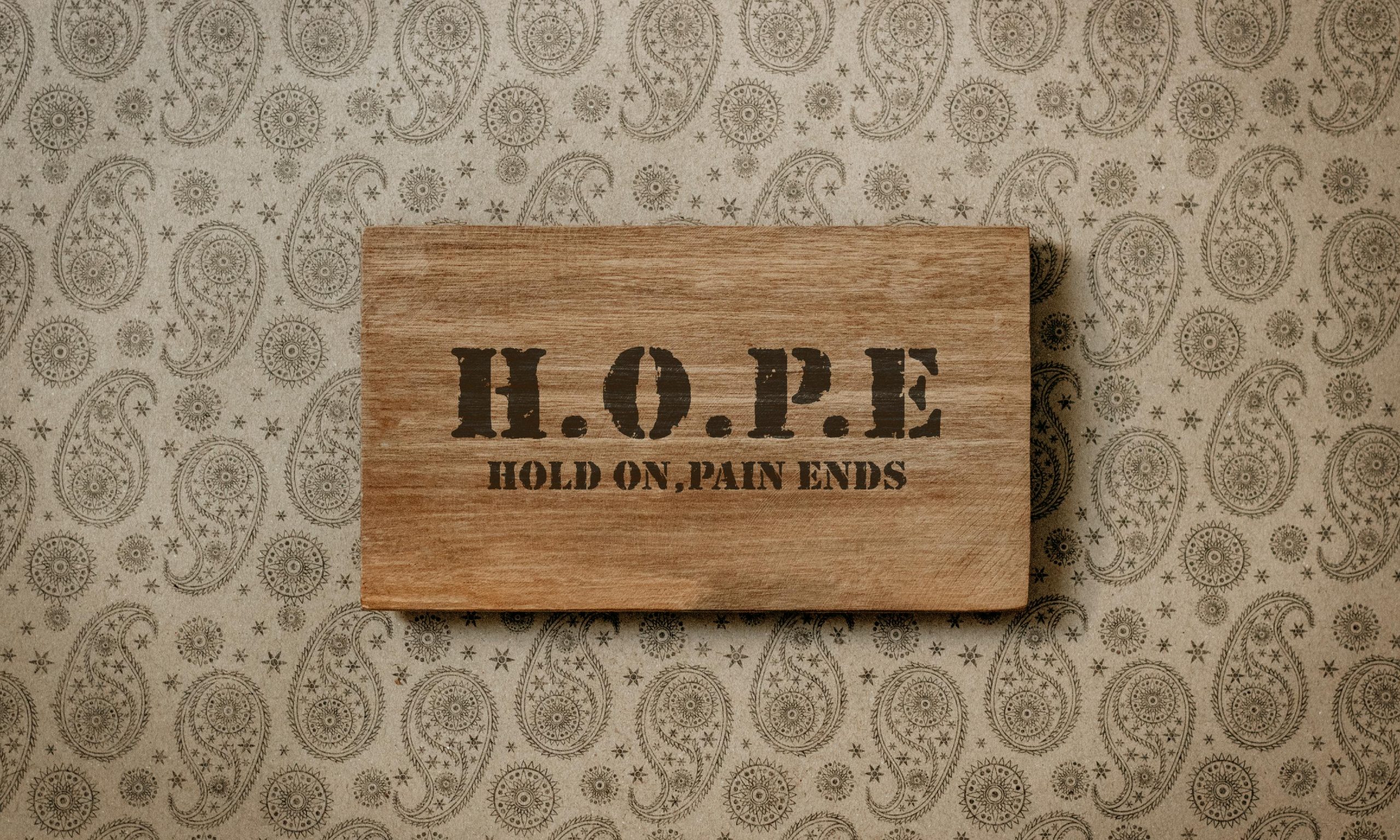How it is Reducing Carbon Footprint
Are you someone who is studying a Bachelor of Design in Interior Design course, or an architect or construction professional who is looking to impact the environment positively? Well, just like any other industry, the construction industry too has undergone a myriad of changes in recent years. If there’s one construction material that produces structures that last for thousands of years, it has to be concrete. It’s one of the most versatile construction materials with many areas of application. Despite its huge popularity, it has a significant environmental impact. Carbon emissions are high and there is a depletion of natural resources. For those unaware, concrete is a mixture of cement, gravel, sand, water and a range of aggregates. Each of these is made from raw ingredients, which requires energy. The massive production and consumption of concrete has led to enhanced greenhouse gas emissions.
To tackle this, architects and interior designers are switching to a more sustainable construction material called “green concrete” or sustainable concrete. It reduces carbon footprint in construction, and offers the same strength and durability like traditional or conventional concrete. It can be used to construct buildings, bridges and roads.
What is Sustainable Concrete?
As the name implies, sustainable concrete is produced using alternate materials that don’t leave much of a carbon footprint. The eco-friendly materials include SCMS and recycled aggregates. It also utilises processes that minimise waste and resource consumption. It is usually manufactured using waste or residual material from various industries. A major reason why architects prefer it is because it is energy efficient, has a long lifecycle and offers the same resilience as traditional concrete.
Unlike traditional concrete, sustainable concrete does not require large amounts of water.
Sustainable concrete can also offer long-term cost-effectiveness. Since it increases a building’s energy effectiveness, the heating and cooling system requirement of a building is reduced. The thermal mass of the concrete can store and release heat. Also, since waste is reused in production, the need for new material also reduces.
What makes up Sustainable Concrete?
As mentioned earlier, sustainable concrete is a combination of materials that reduces the CO2 impact. Let’s look at the key components of sustainable concrete, which are as follows:
Supplementary Cementitious Materials (SCMs)
SCMs increase the sustainability of concrete. It is a replacement of cement in traditional concrete. It reduces the environmental impact involved in cement production. The common SCMs used are:
Ashcrete
Also referred to as Fly Ash, Ashcrete is a byproduct of coal combustion in power plants. It’s the coal that was previously discarded in landfill, but now it is used to manufacture green concrete. Fly Ash is mixed with lime and water to make it strong and durable. It is similar to conventional concrete. By using Fly Ash, the demand for cement is reduced and waste material is repurposed.
Silica Fume
Micro silica or silica fume is a byproduct of ferrosilicon alloy. It is an ultra-fine powder which is known to improve the durability of concrete making it less permeable. It increases its overall compressive strength. This also reduces the penetration of harmful substances.
Recycled Aggregates
Sustainable concrete utilises recycled materials in its mix. These materials are used from construction and demolition waste including bricks, concrete and tiles. Replacing aggregate materials with reusable resources effectively minimises greenhouse gas emissions. A few aggregate alternatives you can consider are paper/fiber, post-consumer glass, waste plastic and concrete debris. Using recycled materials reduces the demand for virgin materials, helps in removing these materials from landfills and saves a whole lot of energy.
Admixtures
An admixture is a material besides water that is used as a material in a cementitious mixture. It can modify or harden the properties of concrete. It is added to the batch before or during mixing. It also enhances the workability, durability and strength. A few eco-friendly admixtures that improve the sustainability of green concrete are water-reducing agents, air entraining agents and pozzolanic mixtures. Using sustainable concrete mixes can minimise cement content without compromising on the product’s final quality.
Conclusion
Sustainable concrete is all about making efficient use of available resources. It offers numerous environmental, economic and social benefits. It not just helps create a healthier planet but also makes the construction industry more responsible. Green concrete can be used for green roofs and walls, foundations and structural systems, bridges, highways and roads, and public spaces and landscaping. The need for eco-friendly concrete is growing every day. Even students pursuing design and decoration courses are studying this subject in-depth to see how they can make a difference. It’s surely the future and a more durable alternative to conventional concrete.




